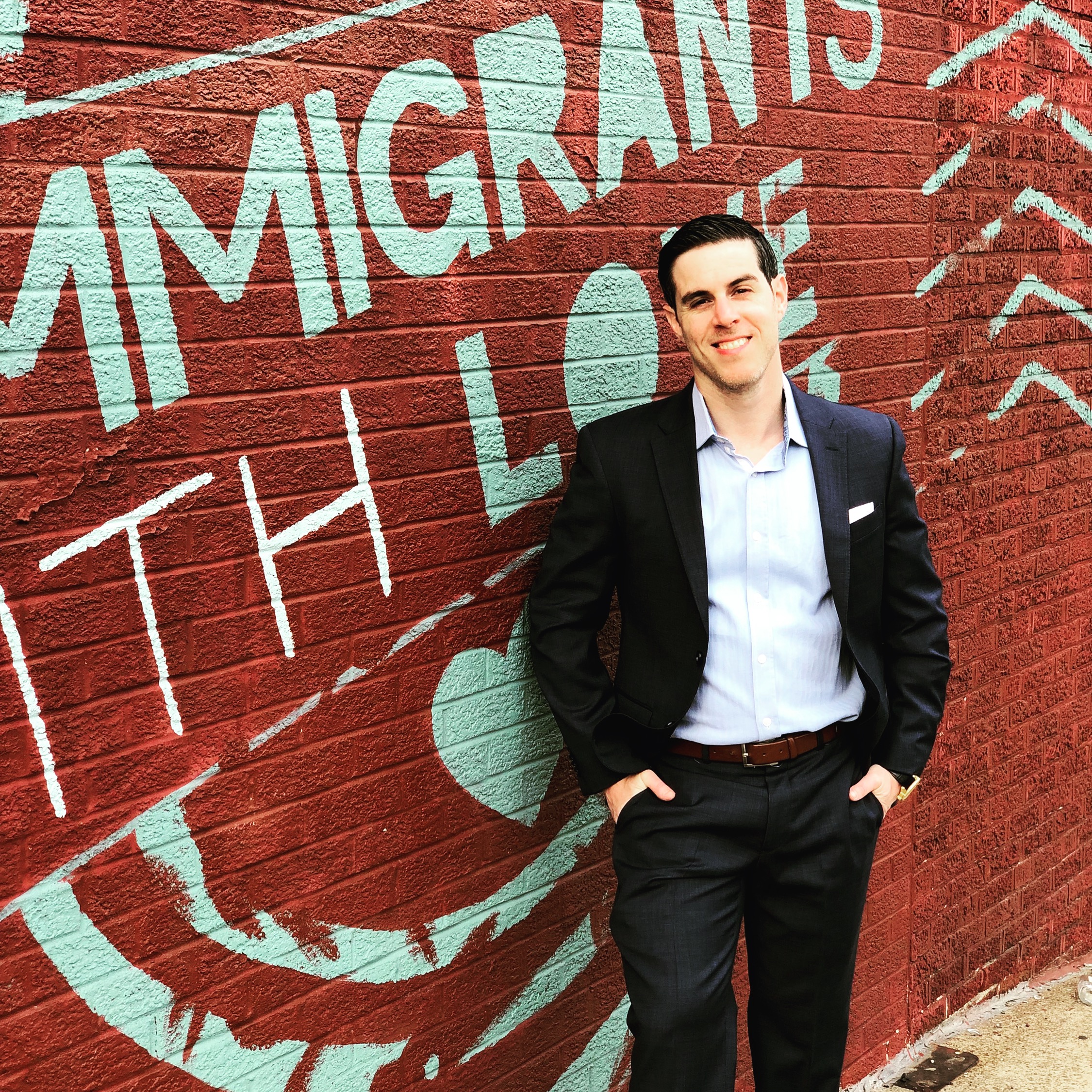"Roxbury Strong”: young actors kill it, deliver history, inspiration.
- Zachary Lown

- Aug 19, 2016
- 3 min read
Updated: Nov 3
Punctuated with beats by De La Soul and Slick Rick, and replete with an onstage D.J., the high school-aged performers of “Roxbury Strong” delivered a history lesson of their city’s sometimes besieged but unbowed residents.
The stage is set up as multi-leveled platforms from which the actors delivered first person monologues in the character of a historic Roxbury persona, each representing a particular point in time. The name and photograph of each historic figure showed on a large screen behind them: Mike of Mike’s Donuts, Tariq Russell – a home health worker who has been shot 9 times, and police chief William Gross, to name a few.
“Roxbury Strong,” Directed by Ron Jones, at Hiberian Hall, 184 Dudley St, Boston, MA 02119, Next showing: Saturday, August 20, at 2:30 pm and 7:30 pm (1 hour). Free admission.
“Roxbury is so unique,” said director Ron Jones after the play, “they tried to put a highway through here [Route 95] in the 1960s, but [the residents] stopped it. If that had happened this place would now be mostly warehouses.” Jones combined extensive reading and local interviews to produce the show.
The spiritual voice of the show is played by High School Senior and drama major Shaynia Jean, who depicts a world weary shop owner that employs a young upstart to go collect local stories. So employed, the young boy intermittently synthesizes his learning into raps which he delivers center stage. Performed by a small cast, some young actors seamlessly embodied totally distinct characters such that one was surprised upon the realization that he or she had just played a different character a few minutes earlier.
By 1960, Roxbury had only 62,000 black residents, meaning it was not a Great Migration city, but by 1970 that number had nearly doubled, one character explained. Nevertheless, the city maintained traces of diversity, another character intoned, as old photos showed behind him. Little black girls played with little German girls who’s mother had married a black Servicemember. The city’s geographical space was later halved, in part to make way for the South End’s redevelopment, and a huge swath south of Melnea Cass Boulevard was abandoned.
Another veteran Civil Rights activist detailed an episode in which residents dredged an entire neighborhood of trash, heaped it and informed the city they were going to light it on fire. Photos from that time flashed on the screen. But when the police and fire department came, “they turned the hoses on us.” Still, it was shown on national television and helped turn public sympathy.
One slogan from the movement to protect black children during Forced Busing showed how slow progress was in coming: Little Rock 1957, Selma 1963, Boston 1974. Another resident-activist, played by a convincing high-schooler, told of how she and others covered dead cars with Mayor Ray Flynn stickers, and how happy the Mayor’s office was to give out the stickers, until their point finally came across.
Other touch stones emerge: the Charles Stuart case, the crack era and gentrification.
“Gentrification didn’t just happen over night,” the audience is told, “it began 10 to 15 years ago at meetings we didn’t go to… If you don’t have some sort of subsidized housing, pretty soon you won’t be able to live here.”
As for policing, one could juxtapose the St. Clare Commission produced by officials in the wake of the mass round up of black men following the Charles Stuart case with the ACLU’s recent “Black, Brown and Targeted” detailing Stop and Frisk.
But ultimately it is hope that comes through in the scripted lines, the youngsters obvious talent, and their sense of history and future promise. One Roxbury nonprofit-leader depicted in the show asked, “Change isn’t bad, but how do I prejudice change in my favor?”
“The fight doesn’t end,” said another, “it just evolves.”

























Comments